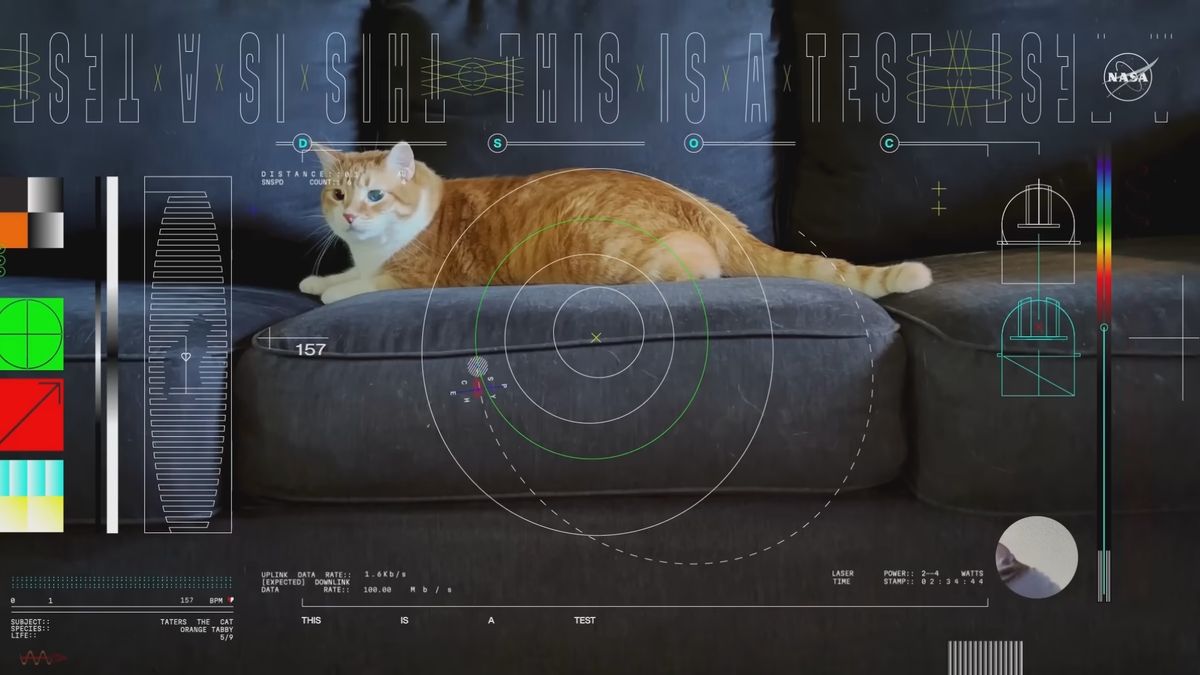NASA scientists have discovered carbon dioxide on the surface of Europa, one of Jupiter’s frozen moons. The discovery was made by the James Webb Space Telescope (JWST) and provides evidence of a subterranean sea of liquid water being linked to carbon dioxide.
The James Webb Space Telescope and its infrared instruments have identified crystalline carbon dioxide in the Tara Reggio region of Europa. A private, rugged site made up of material that recently surfaced, according to Wired.
Related topics
NASA also explained that given the element’s concentrations and location, they ruled out its origin being external, such as arriving via meteorites or Jupiter’s magnetosphere.
(Read also: 4 ways to understand the concept of the multiverse according to science).
Researchers on this latest discovery aren’t clear about how carbon dioxide was manufactured on the satellite. One hypothesis is that the frozen crust of Tara Reggio broke off, which likely facilitated the exchange of materials between the subsurface and the surface.
There is currently debate about the relationship between the inland sea and the frozen terrain of Jupiter’s moon. This discovery, in addition to the discovery of other compounds, It suggests that it is possible to obtain more information about the properties of the liquid ocean without drilling into the ice in place.
Sodium chloride was also discovered in the Tara Reggio region of Europe in 2019. That year, astronomers at the WM Keck Observatory in Hawaii conducted a spectroscopic analysis in which the presence of salt in the ocean region was detected.
In addition to salinity, scientists were optimistic because sodium chloride on the surface is an indicator of hydrothermal activity on the ocean floor.
“On Earth, life loves chemical diversity: the more diversity, the better. We are carbon-based life. Understanding the chemistry of Europa’s ocean will help us determine whether it is hostile to life as we know it, Jeronimo Villanueva, a scientist at NASA’s Goddard Center and lead author of the new report, said in his publication in the journal Science.
(You may be interested in: How Darwin and the Theory of Evolution Changed Medicine.)
Europa is the smallest moon in the Galilean moon group, and the sixth closest moon to Jupiter. This satellite caught the attention of scientists, because although its temperature dropped to -223 degrees Celsius and it is located at a distance of 628 million kilometers from Earth, It is one of the main space objects that have the potential to host life.
In other studies, they found that Jupiter’s gravity is similar to Earth’s gravity. Well, in Europe objects fall at 1315 m/s², and on Earth it’s 9.8 m/s². Which means that if an astronaut could go to that moon, his body would be one-third heavier than his weight on Earth, allowing him to move easier compared to the moon or Mars.
Daniela Lararet Asaad
Edit the digital range
the time
More news
How is the followership instinct produced (and what benefits it brings us)
Samples from the Earth of asteroid Bennu: How does this material contribute to science?
NASA succeeds in bringing samples from an asteroid to Earth for the first time in its history



/cloudfront-eu-central-1.images.arcpublishing.com/prisa/QGCSXCIXQI6DZRJ5KEXBA37QCE.jpg)

